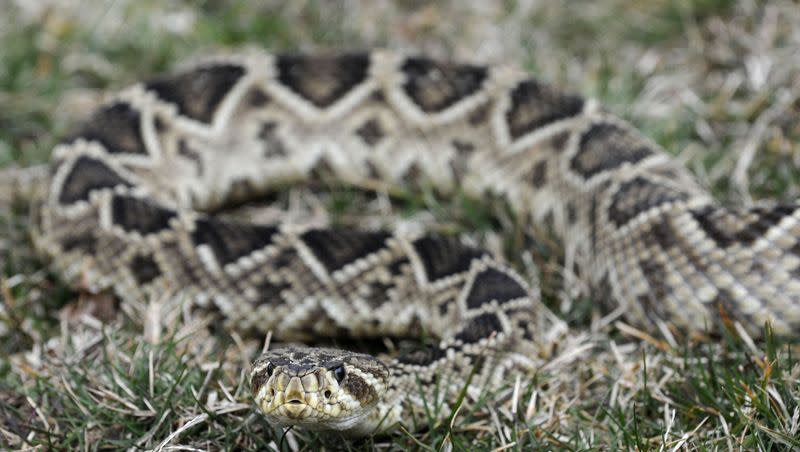New study finds that rattlesnakes may comfort each other when stressed

It turns out rattlesnakes might be more loving than they appear to humans. A new study revealed that snakes will often comfort each other socially when they sense they are stressed.
“It tells us that when they are with another snake it reduces their stress response,” Chelsea Martin, one of the researchers on the study, told Reuters. “It has never been reported in reptiles before. It’s something that humans do.”
According to a study published in the journal Frontiers in Ethology, social buffering has been observed in many animal species, such as birds and mammals, but had not been reported in a reptile species until now.
“Rattlesnakes are cryptically social, exhibiting kin recognition and forming subtle social networks in certain contexts,” the authors of the study wrote.
How did the study test snake stress responses?
Martin is a doctoral student at Loma Linda University, and she told CNN that she worked with Dr. William Hayes, who initially came up with the idea to test snakes’ stress responses after observing rattlesnakes removed by his research team for people who ask that snakes be moved away from areas near their homes.
Hayes noticed that when two snakes were in a bucket together, it seemed like they rattled less, if not at all.
To determine stress and stress responses, researchers measured heart rate increases when a Pacific rattlesnake was disturbed by themselves and again in the presence of another snake. The findings revealed that when snakes were disturbed when they were together, it reduced significantly the changes in heart rate compared to when they were alone having the experience.
What do we know about rattlesnakes?
Reptiles and snakes, in particular, are hard for humans to get a read on — they don’t have facial expressions and they don’t typically interact in ways we can understand.
Rattlesnake mothers give birth to live babies, meaning the babies do start in eggs, but the eggs remain in the mother’s body until it’s time to hatch. A 2002 study observed that “pit viper mothers — the broader grouping that rattlesnakes are a part of — cared for their newborns for several days after birth,” per WREG.
Another study found that rattlesnakes can follow the scent of their mothers and likely that of their relatives. A finding that showed “that sisters of at least one rattlesnake species recognize each other and prefer each other’s company over that of strangers,” Science reported.
“Snakes and reptiles are really interesting because I think they’re often overlooked in their behavior,” Martin told CNN. “People are often really afraid of snakes … (but) they’re not so different from us. They have moms that take care of their children. They’re able to reduce their stress when they’re together. That’s something that we as humans do, too.”

